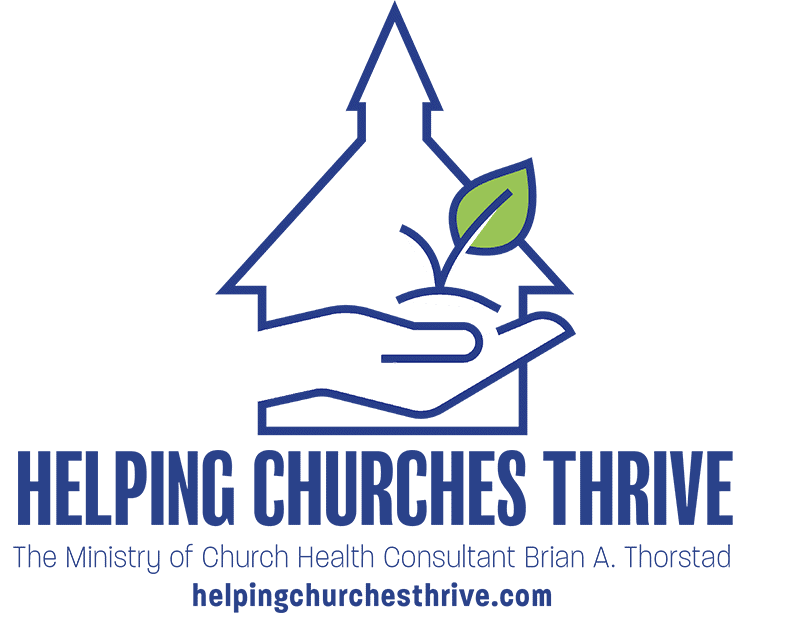More recently, family counselors have discovered that the same theories that help explain the behavior of individuals in biological families also apply to the behavior of individuals in church families (and other types of human “families,” such as workplaces).
A few years back I was challenged to study the subject by a pastor who knew I wanted to understand what makes churches “tick.” So I bought my first family systems theory books and began wrestling with the question of how much validity there was in this movement and how it does and does not agree with Scripture.
From a Christian standpoint, systems theory does have its problems: too much is blamed on the family system as sort of an invisible, controlling entity, not enough responsibility is assigned to individuals for their own choices and not enough confidence is placed in the ability of the Holy Spirit to give Christians the power to rise above the downward pull of the systems they find themselves in.
Having said that however, I can also say that I’ve found systems theory helpful. As you read the following church-family-system dysfunctions, see if you find this material to be insightful.
The unofficial head of the family – This observation is not exclusive to family systems theorists. I have often heard the warning from veteran pastors that “your church is a family; you may not be the head of the family; you need to learn to deal with it.” Pastors come and go; laypersons sometimes stay for a lifetime. It’s not so shocking that in some congregations the real (though unofficial) leader is an old patriarch or matriarch.
Triangles – Triangles exist where a third person (or entity) is brought into a situation in such a way as to limit personal responsibility or enhance one’s personal position. Mary has a problem with Pastor Jones and immediately seeks to “triangulate” her friend Stella into the conflict, manipulating Stella into thinking that she has to help her. Fred has a conflict with Steve and immediately seeks to triangulate his wife into the situation.
The identified patient – In family therapy, the identified patient is the family member whom the rest of the family views as being sick. The therapist views this individual as being simply the first family member – in a sick family – to exhibit dramatic symptoms.
Here’s how this can look in a church: First Church has been ineffective and mired in mediocrity for decades. Worse yet, somebody at First Church is being abused by one or more of the leaders. Everyone politely keeps quiet, except for Mrs. Smith, the identified patient, who might be sick with worry but is seen as a malcontent or whiner. Mrs. Smith is left asking, “Am I the only one who sees what’s going on here?”
The perennial victim – The perennial victim is not actually being victimized by anyone, but in her own mind she is constantly being persecuted by heartless antagonists – often those who are in a position of authority. The perennial victim gets offended ever-so-easily, forgives slowly (if at all) and, in some cases, learns how to get what she wants through the careful use of tears.
This is a small sample of the findings of family systems thinkers. Helpful? You may want to dig further into the insights they provide.

